Since it’s that time of the year when we take time off to remember our dearly-departeds, I thought that it would be good to actually visit the places where their remnants might currently be deposited. And while basically all of my deceased immediate family members are in one specific place, this hasn’t stopped me from going to other places for the so-called defunct, for other than purely commemorative reasons.
One of the must-visits that had been on my list for many years was the famous Underground Cemetery in Nagcarlan, Laguna. About five years ago, my big break came, when a colleague who was actually a native of the town invited a bunch of us to go and participate in their annual “Lanzones Festival” in October, with the possibility of a side trip to the Cemetery. I readily accepted the invitation, and needless to say, my undivided attention on that day was not on some tiny sour fruit that I’m not really fond of anyway.
Nagcarlan is about 100 kilometers south of Manila, and is usually reached via San Pablo City. The cemetery itself occupies an approximately one-hectare plot at the southern edge of the town proper, in what is now called Barangay Bambang.
The cemetery, roughly semicircular in shape, is enclosed by a beautiful neo-baroque brick-and-mortar fence and gate. Here is the main entrance, with the two-leafed iron grilled-gate open and therefore not visible in this shot.
A marker at the right side of the passage gives us a brief backgrounder:
This confirms that the cemetery was a project initiated by the Franciscan Father Vicente Velloc in 1845. Prior to this, the faithful departed were buried in the churchyard, i.e., right next to the Nagcarlan Church. The presumed need for more such burial places must have impelled Father Velloc to embark on this new cemetery project. In the course of his stay in Nagcarlan, the enterprising parish priest also enlarged the church structure itself and built a large and comfortable convent to adjoin it.
Extant records indicate that all of these Velloc infrastructure projects required adobe blocks from Guadalupe in Makati and mortar from unspecified places in Manila, as well as plenty of bricks, which were fabricated about three kilometers from the Nagcarlan Poblacion and hauled to the building sites.
These materials made possible the construction of the Nagcarlan Cemetery’s tall undulating fence punctuated with iron grilles, still covered with paletada (lime plaster) in several places.
The entrance doorway itself has lost most of the surrounding paletada, and therefore while its current appearance is not strictly original anymore, it thankfully allows us to observe how Father Velloc’s master masons worked their materials a century and a half ago.
Directly in front of the entrance gate at the opposite end of the cemetery plot, and clearly visible in the distance in the next photo, is the cemetery’s mortuary chapel.
Walking on the straight red brick road from the gate, I approach the chapel and behold its façade.
The lone bell on the pediment must have been rung whenever a burial was in progress, of which apparently no more have taken place since the cemetery was designated a historical site and taken over by the National Historical Institute in the late 1970’s.
I attempt to enter the chapel’s doors
and find that the space within is teeming within with many other tourists.
I find too, to my great disappointment, that the NHI has forbidden photography within the chapel. To console myself, I take a careful look around, and note that the interior itself is not very large, perhaps not over a hundred square meters. There is an antique-looking dressed image of the Santo Entierro on the altar, which of course is highly appropriate.
To the right side of the interior is a staircase that leads to a lower level. This is the chapel’s crypt, and -- look no further -- is in fact the very underground cemetery itself. Needless to say, photography was forbidden as well in this space.
This crypt holds thirty-six niches, which apparently were reserved for the town’s most prominent citizens. One of the niches was said to be actually the mouth of a tunnel connected to the church several hundred meters away. I’ll leave it to the imaginative reader to conjecture how such a tunnel might have been used, if ever it actually existed.
In fact, it is this subterranean room that caused the Nagcarlan Cemetery to be designated a historical site, because the chapel's crypt was reportedly used as a secret meeting place by local revolutionary leaders during the struggles for independence in the last decade of the 19th century.
At this stage, the earnest visitor or reader might be wondering, did they go to all this trouble to build this elaborate baroque-style cemetery for just thirty-six burial slots? Going back upstairs and outside again, we realize that the Nagcarlan Cemetery is not so underground after all, for on both sides of the chapel are numerous niches, two hundred and forty in all, arranged in four rows of thirty columns on the east side to the right of the chapel’s façade
and another thirty columns of four rows on the west, to the left of the chapel.
I noted with interest that while the niche fronts were classically arch-shaped like many others from the Spanish colonial period, the actual tombstones affixed to each were, with only a few exceptions, the usual generic rectangular kind.
Both flanks of the overground cemetery were fronted by wide expanses of well-tended carabao grass lawns and santan hedges.
After taking a few more moments to appreciate and admire the design and execution of this most beautiful, interesting, and unusual heritage structure, I tread the now-electric-lamppost-lit brick pathway
towards the open grilled iron gates of the entrance
to emerge in the main Nagcarlan street outside. And morbidly dream of other cemeteries to visit in the future.
Originally published on 31 October 2008. All text and photos copyright ©2008 by Leo D Cloma. The moral right of Leo D Cloma to be identified as the author of this work has been asserted.
Original comments:
arcastro57 wrote on Nov 11, '08
Looks very "restful", indeed.
|
rally65 wrote on Nov 11, '08
arcastro57 said
Looks very "restful", indeed.
Yes, but unfortunately it's no longer accepting any more "new residents." Too bad.
|
mj527 wrote on Nov 11, '08
thanks for the info about the place. i always wanted to visit it but my sked is still a little bit hectic.
|
rally65 wrote on Nov 11, '08
mj527 said
thanks for the info about the place. i always wanted to visit it but my sked is still a little bit hectic.
Not to worry, I'm sure this place will wait for you -- ha ha ha. Seriously, it's definitely worth a visit.
|
zambaleno wrote on Nov 12, '08
Thanks, Leo, for posting this most informative blog on the necropolis of Nagcarlan. I have always wanted to visit; and through your musings I have! There is another, equally famous resting place of the dead in Ilo Ilo (Jaro, I believe) that was constructed at the very twilight of the Spanish regime. I'd like to go there too!
|
arkd wrote on Nov 12, '08
Thanks for posting this, leo. rey and I are fond of going to cemeteries also but have not been to any this interesting in the philippines.
|
rally65 wrote on Nov 12, '08
zambaleno said
There is another, equally famous resting place of the dead in Ilo Ilo (Jaro, I believe) that was constructed at the very twilight of the Spanish regime.
Have not heard of that, but that should definitely be worth checking out. Any leads?
|
rally65 wrote on Nov 12, '08
arkd said
Thanks for posting this, leo. rey and I are fond of going to cemeteries also but have not been to any this interesting in the philippines.
What are the most interesting ones that you've visited? You should blog about them.
|
batangprobinsya wrote on Nov 14, '08
i really wanted to visit this place. i find it very interesting....
|
robbyandharry wrote on Nov 14, '08
ibang-iba sa mga sementeryo sa kasalukuyan na sobrang crowded.
|
rally65 wrote on Nov 14, '08
robbyandharry said
ibang-iba sa mga sementeryo sa kasalukuyan na sobrang crowded. Marami pa siguro talagang bakanteng lupa nuong araw. At mura lang ang lupa noon. At pag-aari pa ng Simbahan o ng mga Orden. Hindi ba nakapagtayo ng ganito ang mga Pransiskano sa Meycauayan? Hayaan niyo, balang araw ay papasukin ko ang memorial park business, at ang itatayo ko ay kamukha ng Nagcarlan Cemetery. Ha ha ha. |
zambaleno wrote on Nov 15, '08, edited on Nov 16, '08
Just went to check my sources. Apparently some of the best and most fantastical mortuary chapels can be found in Ilo Ilo in Panay. The cemetery chapels of San Joaquin and Janiuay are especially noteworthy as they are reached by steps with the chapels located at the pinnacle. These two were the ones I referred to as being built just as the sun was setting on the overseas empire of Spain. The mortuary chapel of Jesus Christ at Cabatuan is an architectural gem as it is built in the neoclassical model (erroneously referred to as "Romanesque' by the natives) with large arch windows and classical urns surmounting the pediments. Note of interest and Dennis you might find this intriguing: The mortuary chapel at San Joaquin, with its mansarded roof, is build in the style of a small rococo German palace.
For more, check Gian Alvarez's stream on Flickr: http://www.flickr.com/photos/25292071@N00/ |
rally65 wrote on Nov 16, '08
robbyandharry said
1885 pa lang e may existing na na sementerio kasi yun yung nakalagay na date sa gate na bakal.
Sayang at di na na-preserve ang dating anyo ng sementeryo sa Meycauayan.
Pero kahit papaano ay naiwan pa rin ang napakagandang wrought iron na gate. Puwede nating kopyahin para sa isang future cemetery project. Ha ha ha. |
zambaleno wrote on Nov 16, '08, edited on Nov 16, '08
I just looked at Gian Alvarez's stream again and I noticed the absolutely exquisitie mortuary chapel of Miag-ao. The chapel itself is a neoclassical octagonal structure surrounded by eight arched doors surmounted by small rondels serving as windows. It is interesting to note that, 100 years after the style has passed out of Europe, the baroque and rococo were enjoying a rennaissance in Panay! How very intriguing!
|
rally65 wrote on Nov 16, '08
zambaleno said
I just looked at Gian Alvarez's stream again and I noticed the absolutely exquisitie mortuary chapel of Miag-ao. The chapel itself is a neoclassical octagonal structure surrounded by eight arched doors surmounted by small rondels serving as windows. It is interesting to note that, 100 years after the style has passed out of Europe, the baroque and rococo were enjoying a rennaissance in Panay! How very intriguing!
Yes, I saw that too. ( http://www.flickr.com/photos/iloiloonfoot/2395711138/ )
It's really quite beautiful and very well-constructed. Pity that the rest of the cemetery surrounding it would likely be the usual crowded hodge-podge of niche and grave styles, it seems. Here's another good one -- in San Joaquin, Iloilo: http://www.flickr.com/photos/iloiloonfoot/1872042953/ I must visit these places one day. |
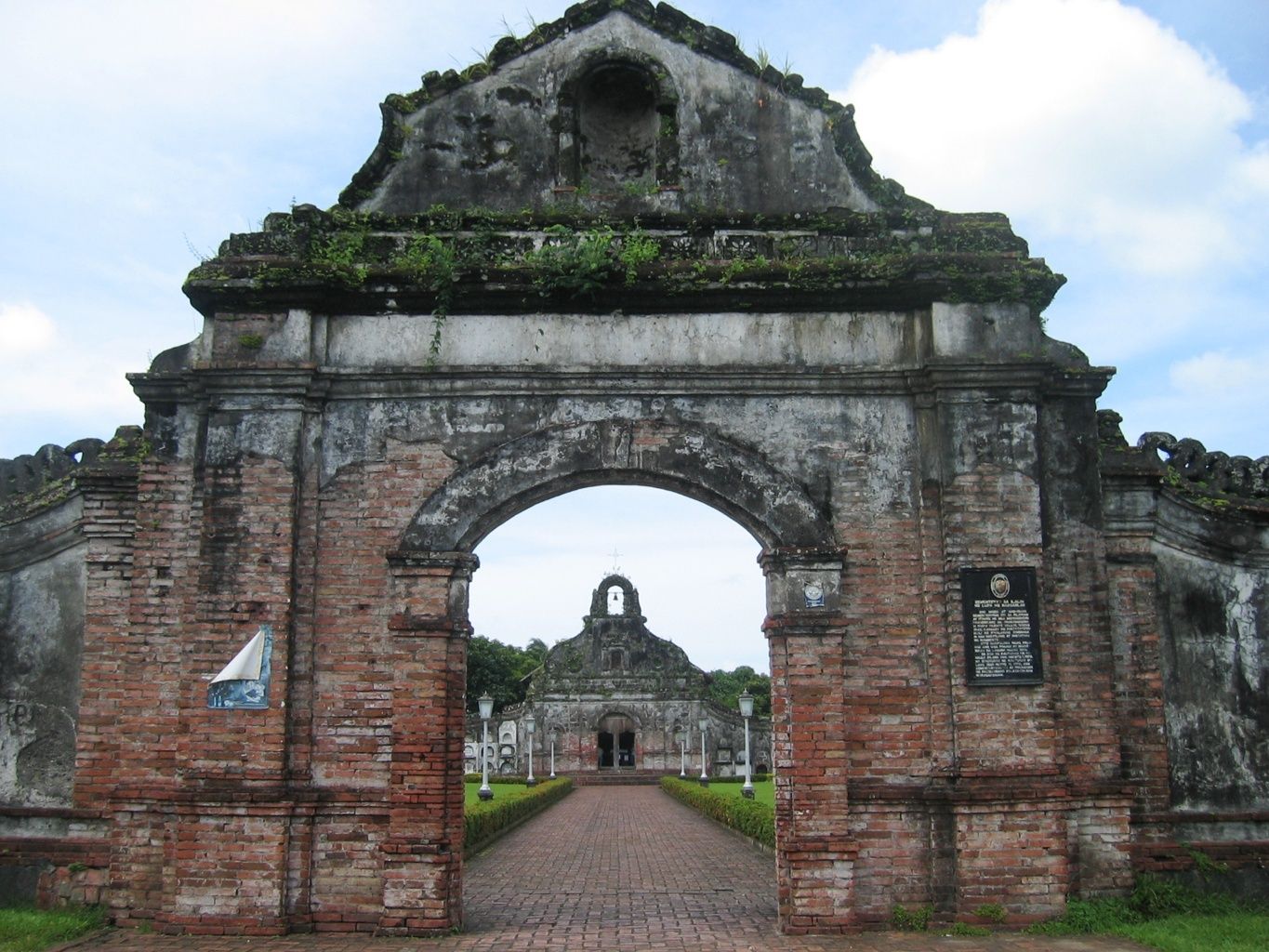
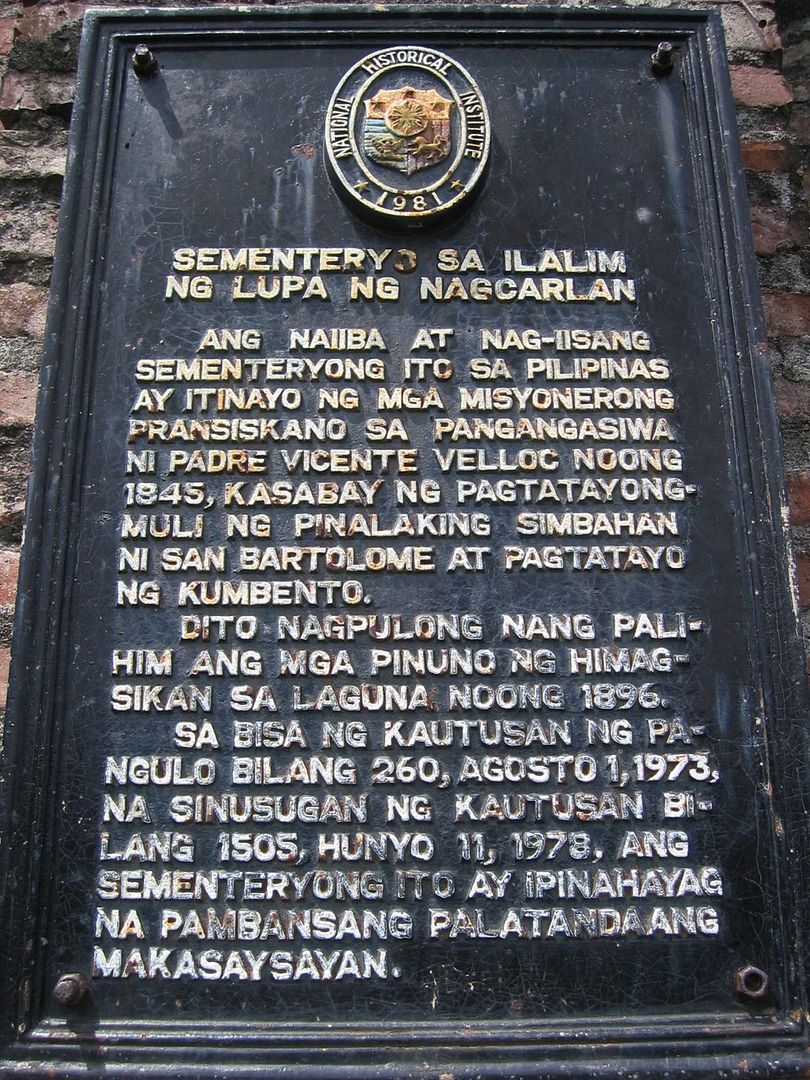
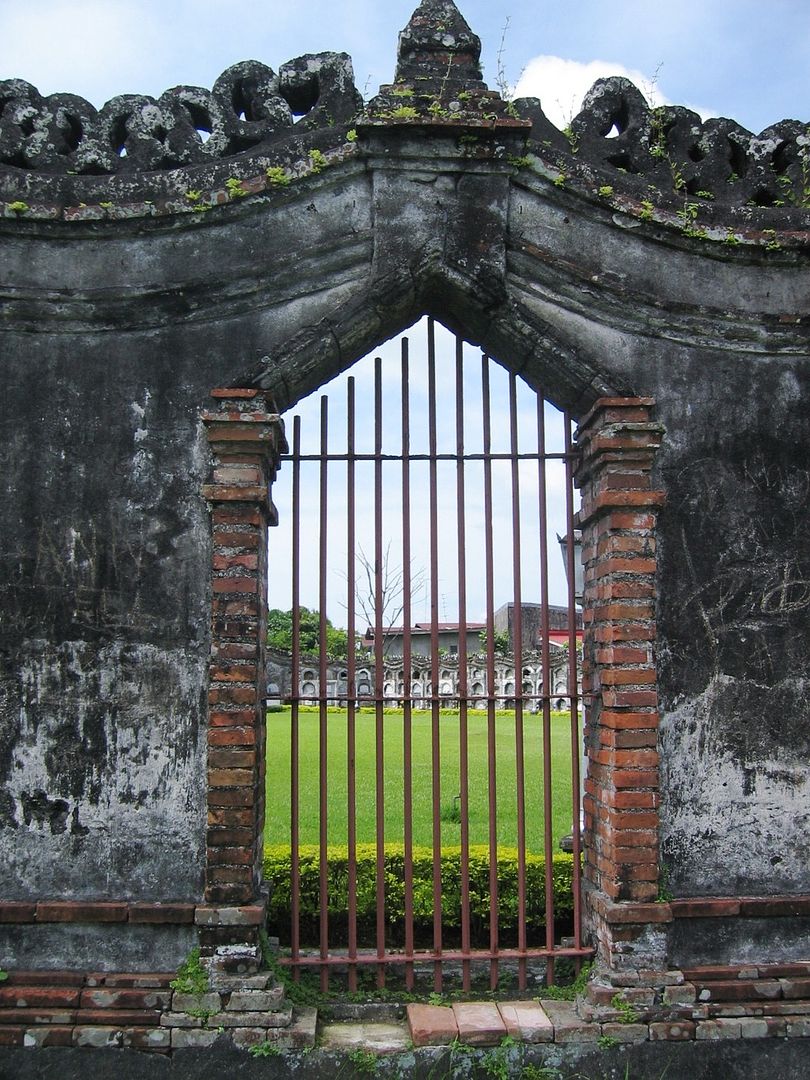
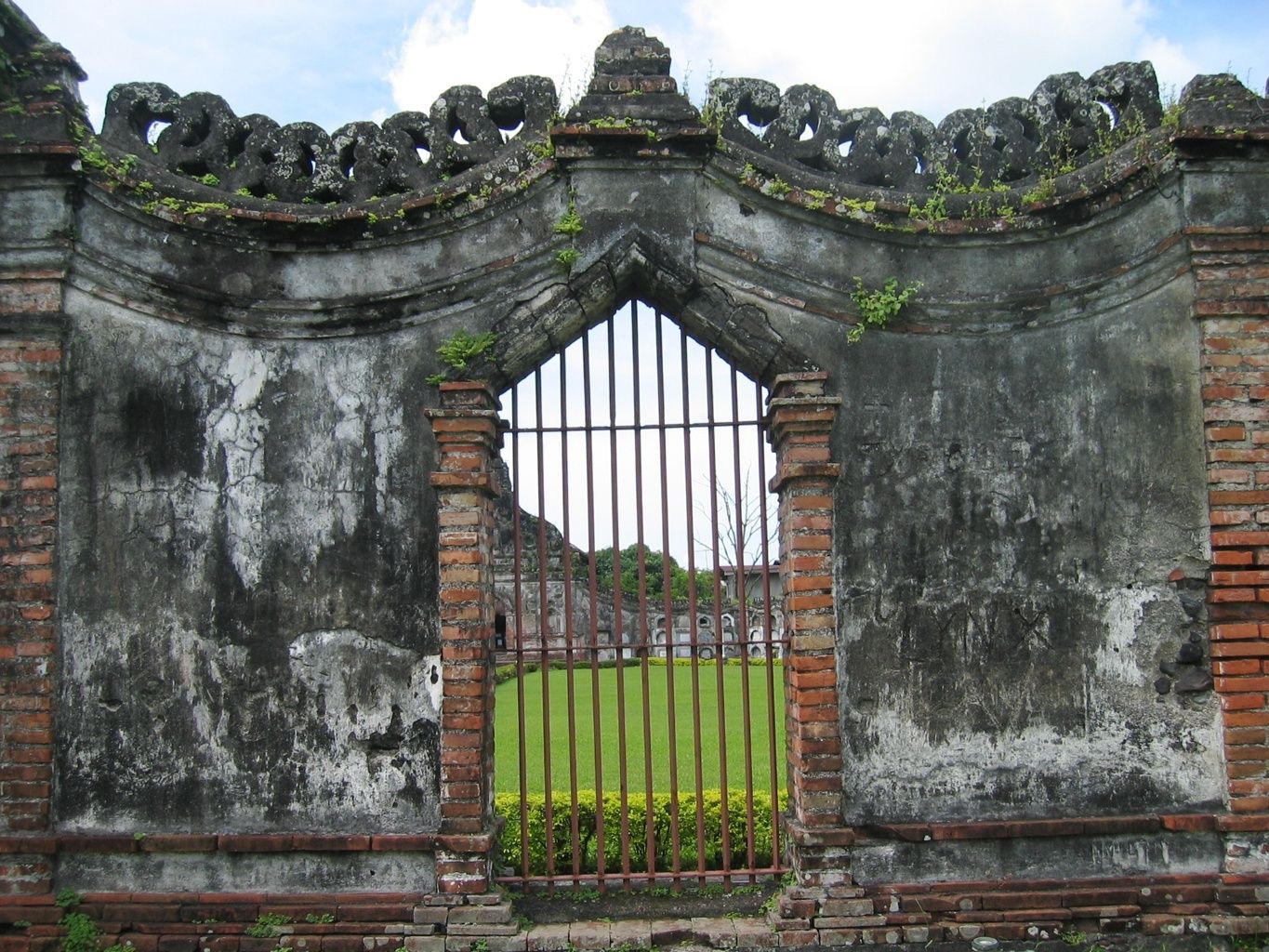
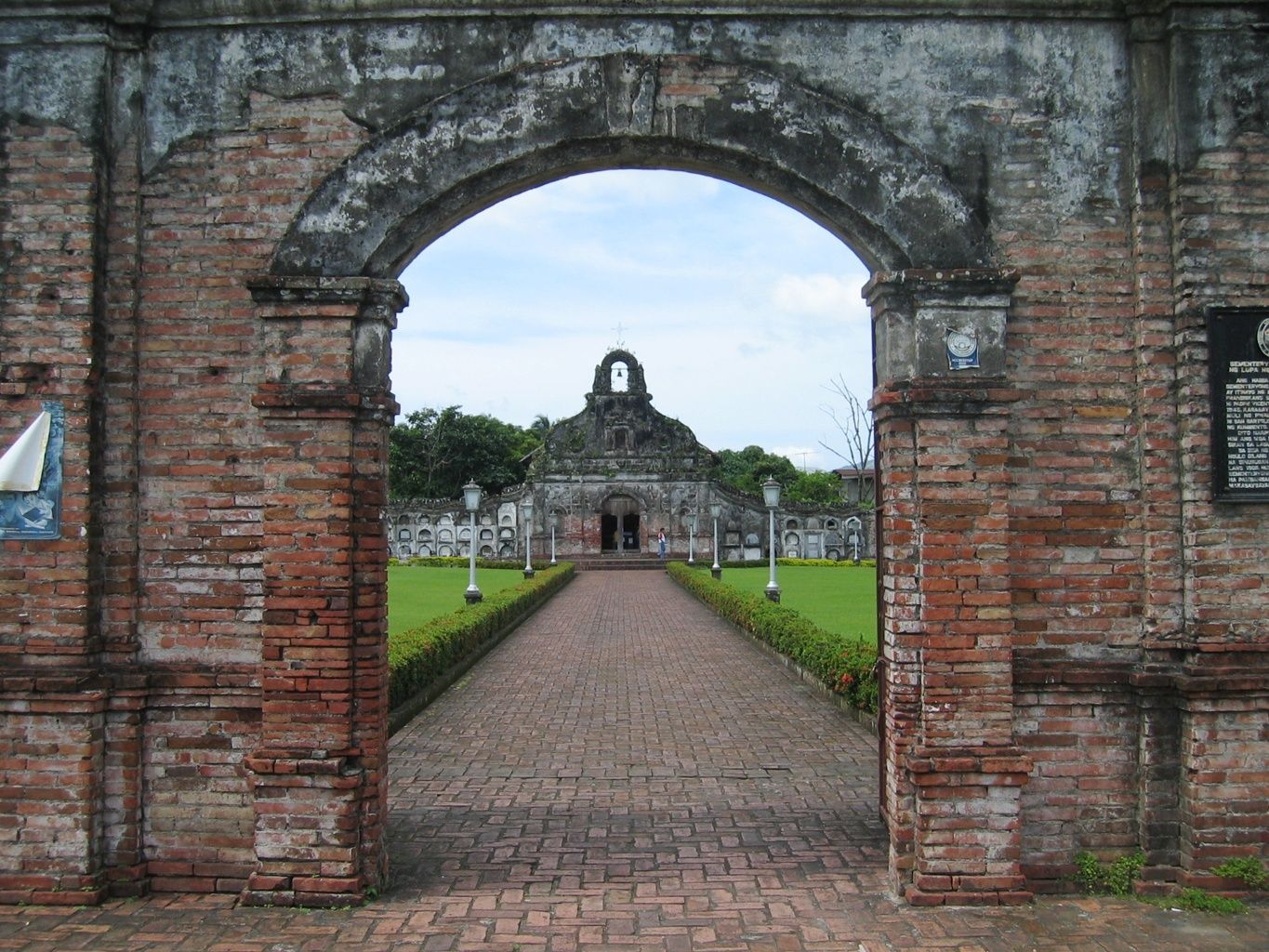
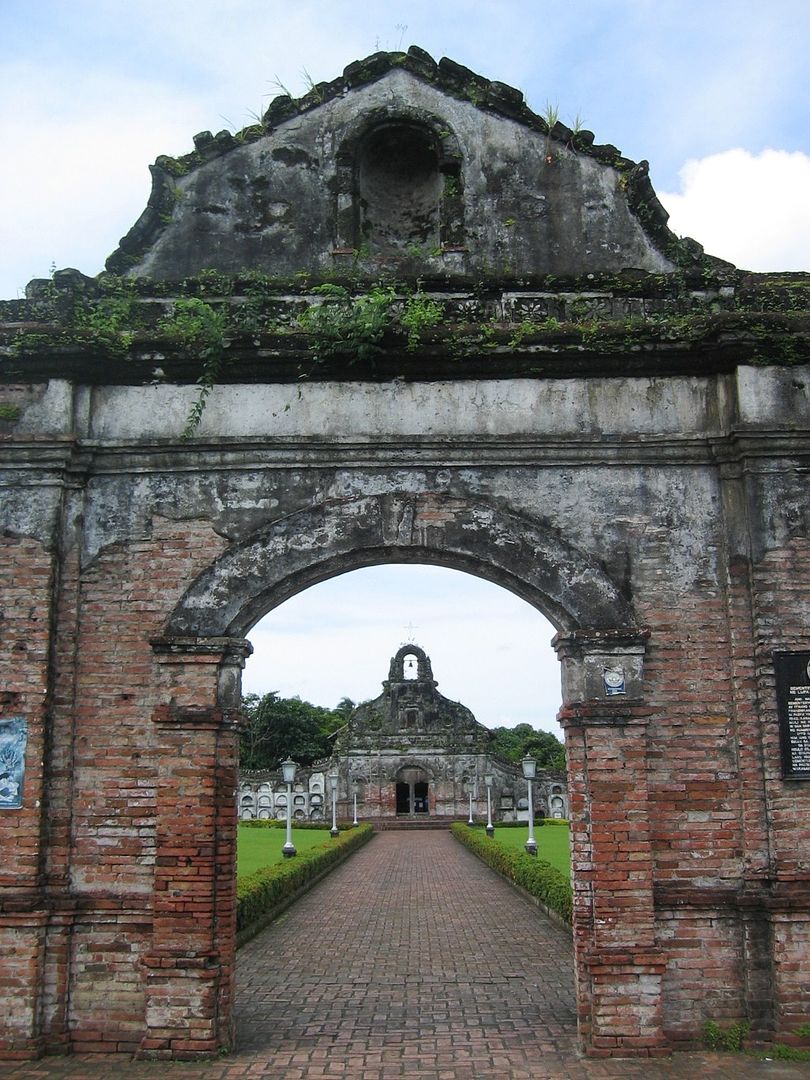
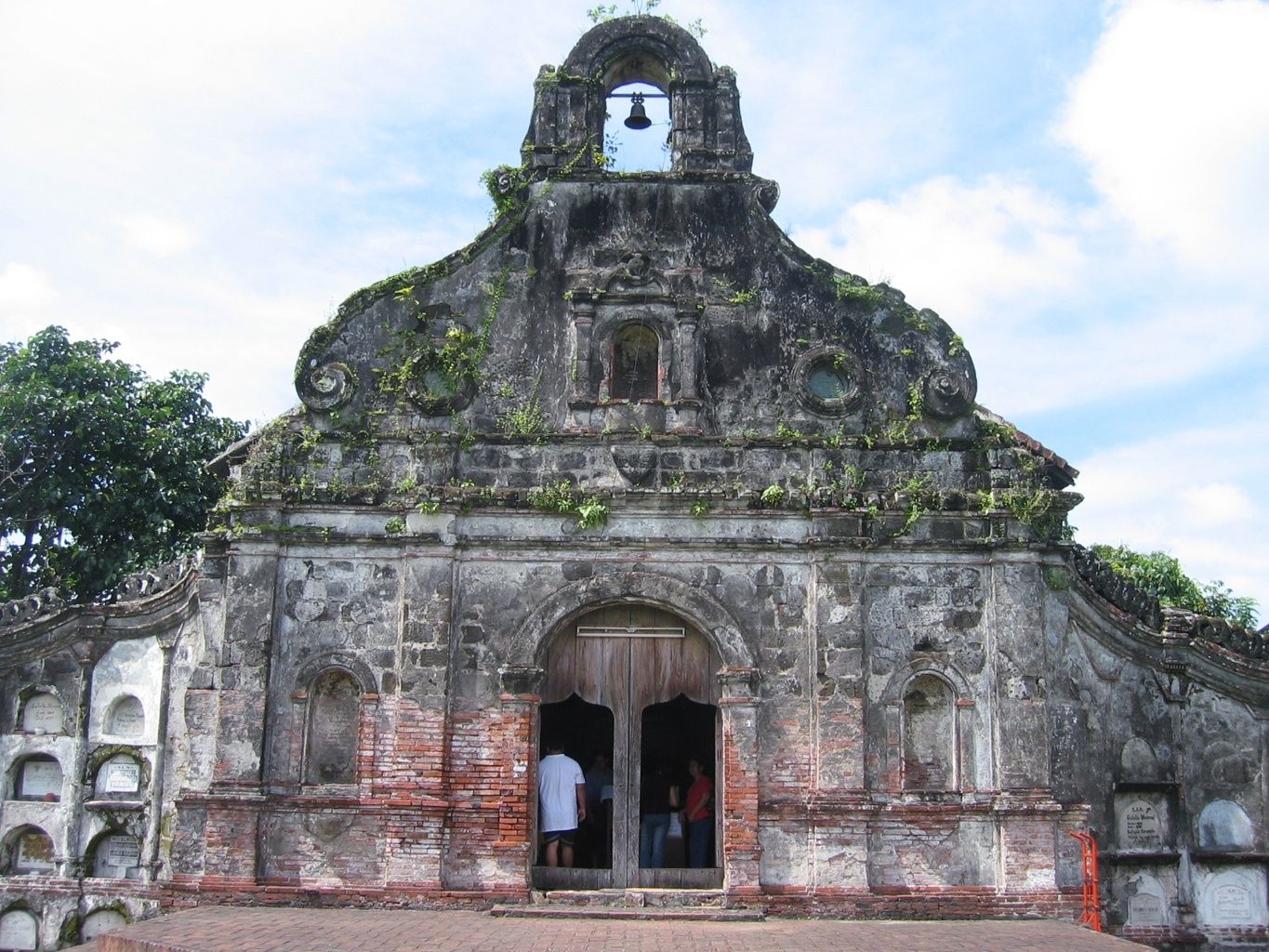
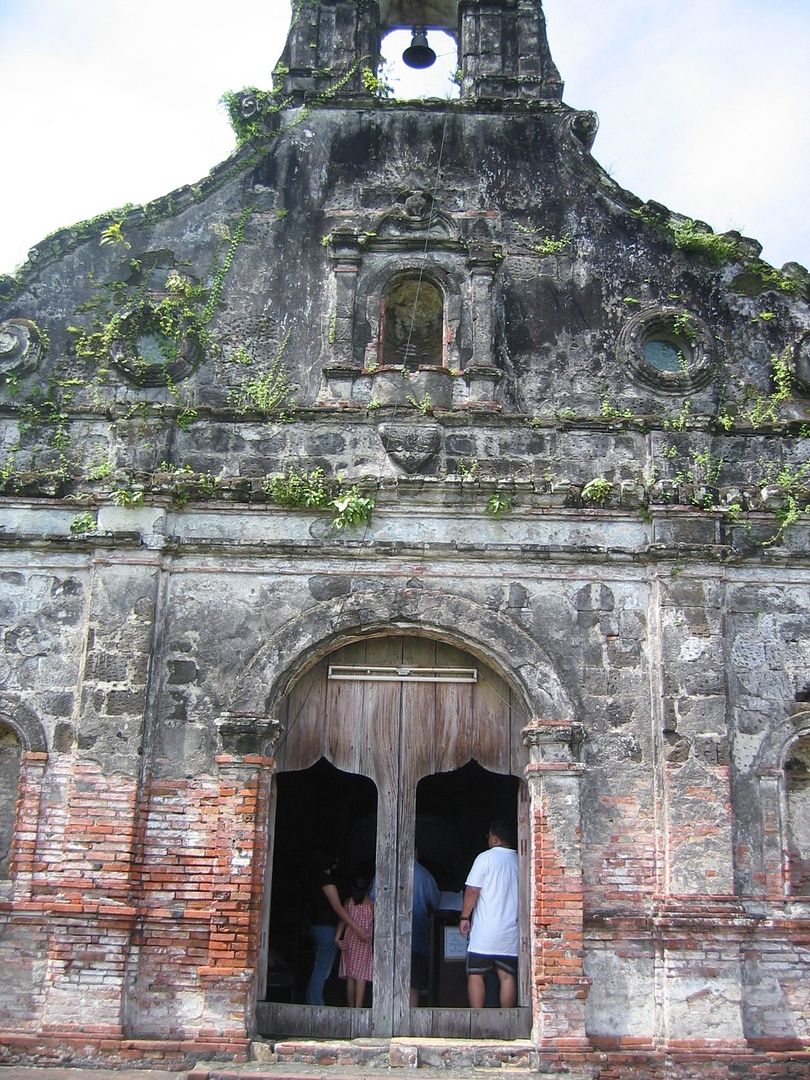
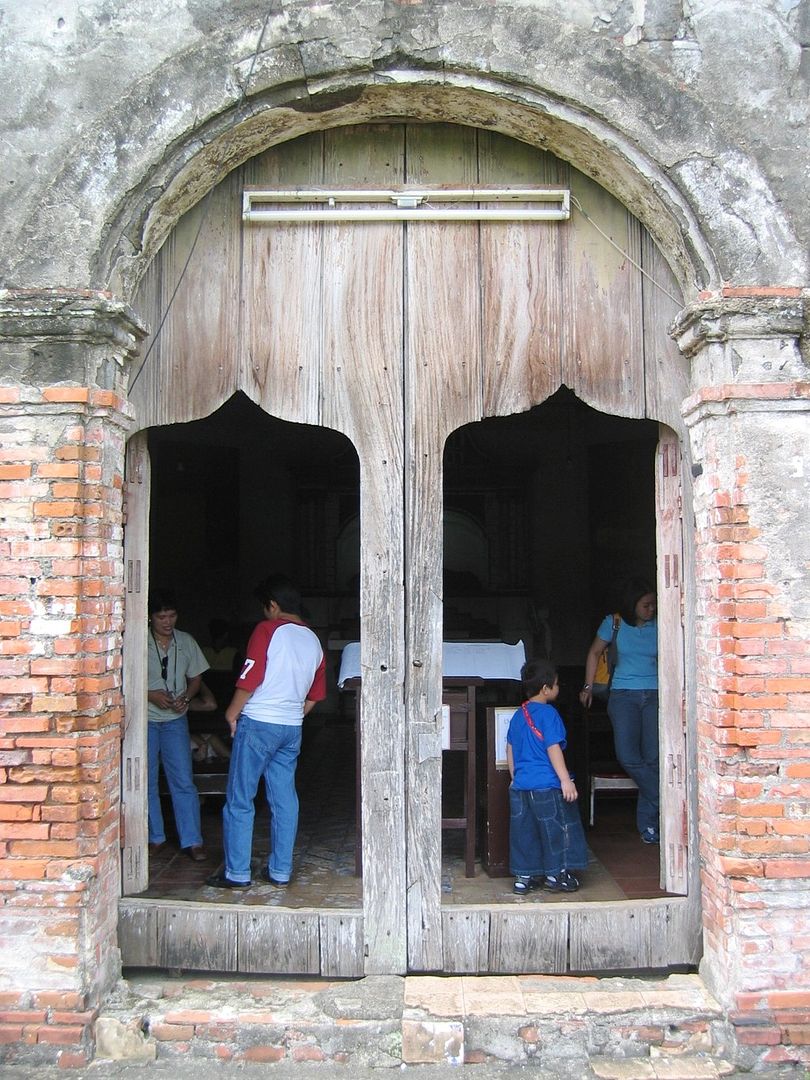
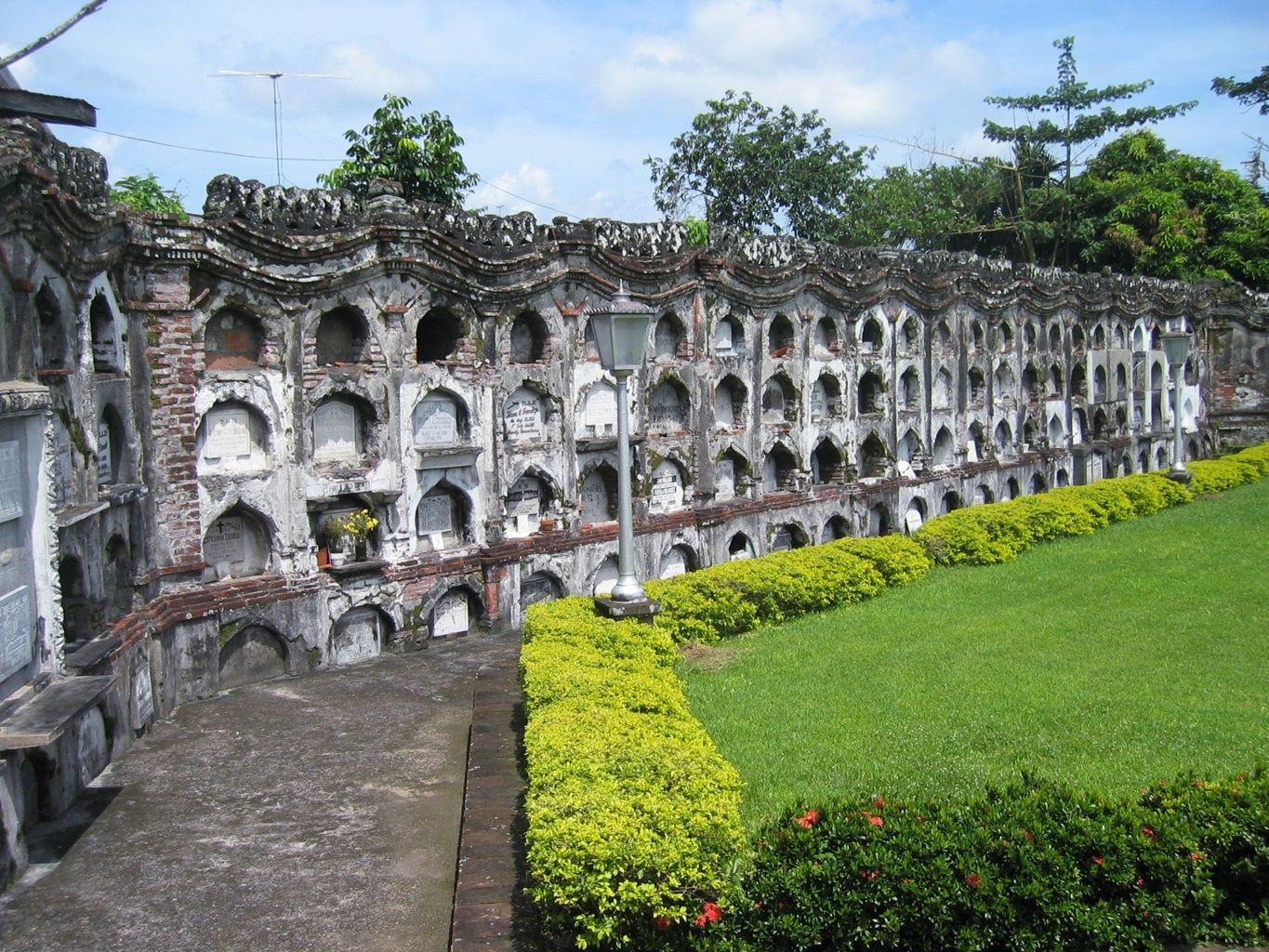
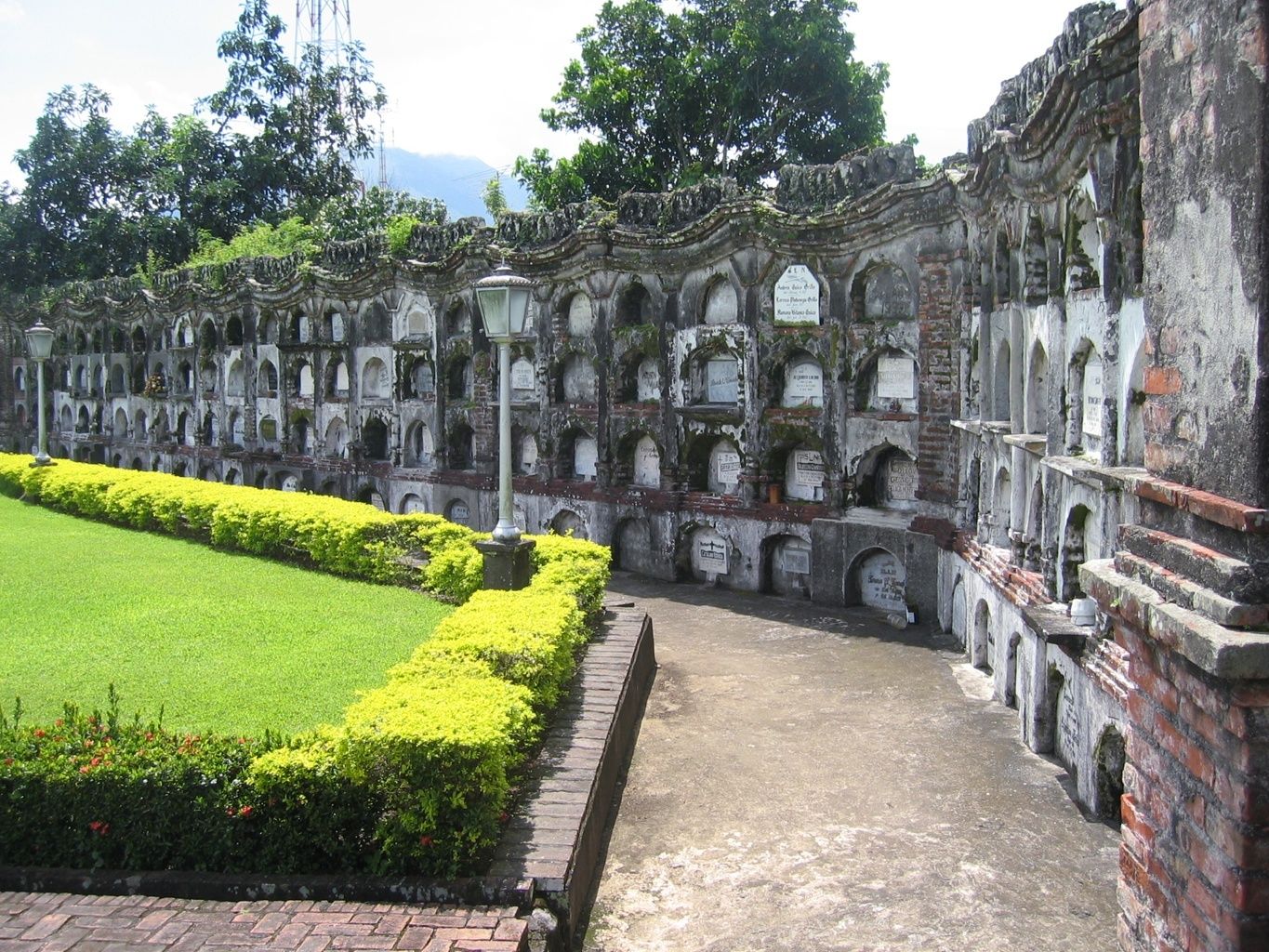
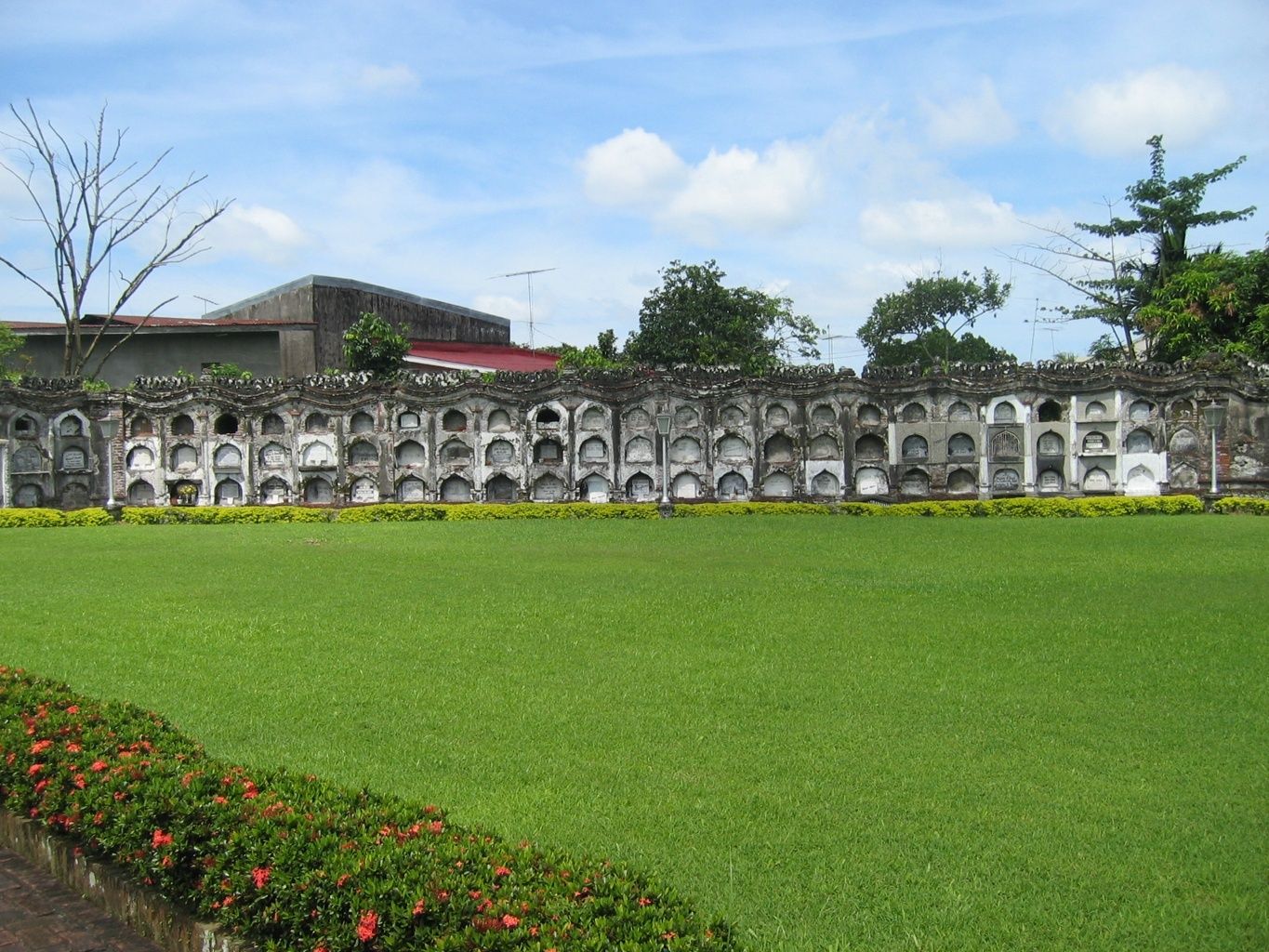
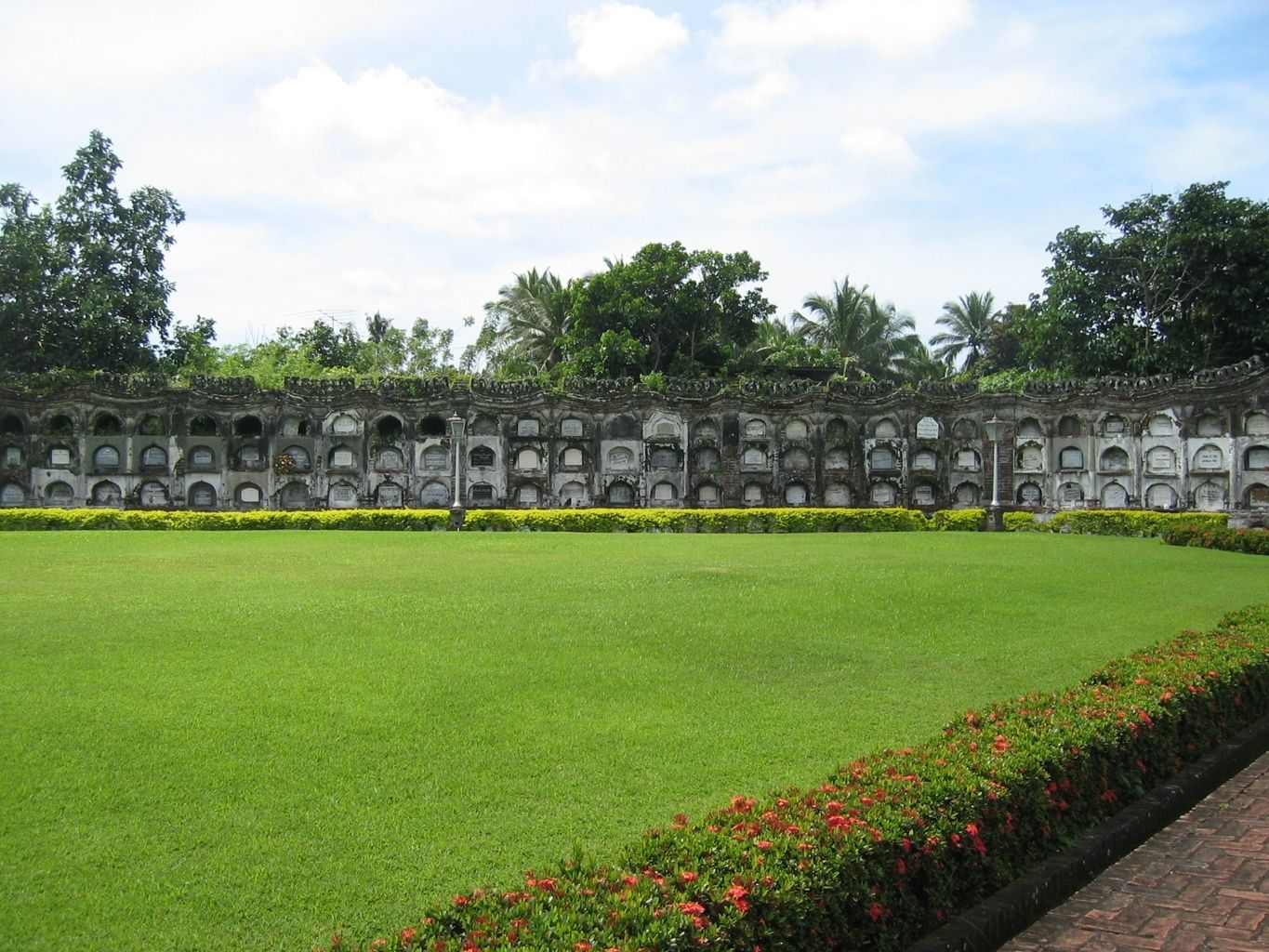



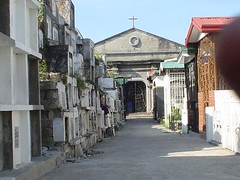
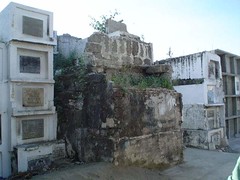
No comments:
Post a Comment